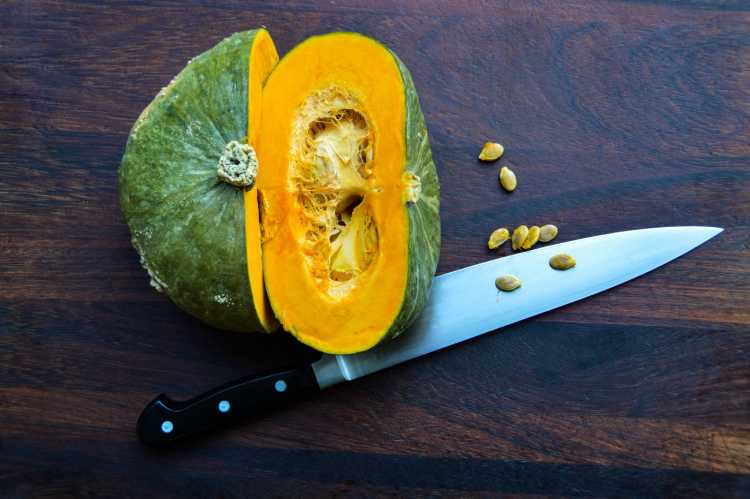Have you ever ended up with an acorn squash that you weren’t sure what to do with? Maybe you’re wondering if it’s possible to freeze acorn squash. Wonder no more! Today, we’ll be teaching you everything you need to know about freezing acorn squash so that you can make the most of this delicious autumn vegetable. Keep reading to learn more!

Quick Answer
Yes, you can freeze acorn squash. The taste and texture will be a little different after being frozen, but it will still be edible. It is best to eat within a few months of freezing.
Can You Freeze Acorn Squash?
Can you freeze acorn squash? The answer is yes, but there are a few things you need to know about the impact on taste and texture. First, freezing will change the texture of the squash, making it a little bit harder. Second, freezing will not affect the taste of the squash as much as cooking will. Finally, frozen acorn squash will last for around six months.
How To Freeze Acorn Squash?
Here are the basic steps to freeze acorn squash:
1. Cut the acorn squash in half and remove the seeds.
2. Steam or bake the acorn squash halves until they are soft.
3. Let the cooked acorn squash cool completely.
4. Place the cooled acorn squash in a freezer-safe bag or container and freeze for up to 6 months.
Precautions to Take When Freezing Acorn Squash
When freezing acorn squash, there are a few things to keep in mind. First, make sure the squash is fully cooked before freezing. This can be done by baking, boiling, or microwaving it. Second, let the squash cool completely before freezing. Freezing it while it is still warm can cause the squash to become mushy when thawed. Finally, freeze the squash in an airtight container or bag. This will help prevent freezer burn.
How To Thaw Frozen Acorn Squash
The best way to thaw frozen Acorn Squash is to place it in the refrigerator overnight. You can also place it in a bowl of cold water, making sure to change the water every 30 minutes. If you’re in a hurry, you can microwave the squash on the defrost setting for a few minutes, although this isn’t ideal as it can start to cook the squash. Once thawed, cook the squash within two days.
Steps:
1. Place frozen Acorn Squash in the refrigerator overnight, or in a bowl of cold water (changing every 30 minutes)
2. If microwaving, use defrost setting for a few minutes – be careful not to overcook!
3
How Long Does Acorn Squash Last (Stays Fresh) Outside at Room Temperature?
As a general rule, acorn squash will last 3 to 4 days outside of the fridge. However, it’s important to note that the storage time may vary depending on the climate and other environmental conditions. For example, if it’s really hot or humid outside, the squash will start to rot sooner.
When storing acorn squash, it’s best to keep it in a cool, dark place – like a pantry or cupboard – rather than on top of the refrigerator where it can get warmer. If you have too many squashes to fit inside your storage area, then you can also store them in the fridge. Just be sure to eat them within a week or two since they’ll start to lose their flavor
How Long Does Acorn Squash Last (Stays Fresh) in the Fridge?
The length of time that acorn squash will last in your fridge depends on a number of factors, including how ripe it is when you buy it and how you store it. Generally speaking, though, acorn squash will last for around two weeks in the fridge.
It’s important to note that acorn squash can also be frozen. To do so, cook the squash first by baking, boiling, or microwaving it until it’s soft. Then let it cool completely before freezing in an airtight container. Frozen acorn squash will last for up to six months.
How To Use Up Extra/Leftover Acorn Squash?
Ideas, list:
1. Roast it – Cut the acorn squash in half, scoop out the seeds, and roast it in a preheated oven at 375 degrees Fahrenheit for about 45 minutes. You can either eat it as is or use it as a topping for dishes like chili or soup.
2. Make mashed acorn squash – Peel and chop the acorn squash into small pieces. Add water to a pot and bring to a boil before adding the chopped squash. Cook until tender then mash with a fork or an immersion blender. Season with salt, pepper, and butter to taste. You could also add in some garlic or other herbs for extra flavor.
3. Use it in a smoothie